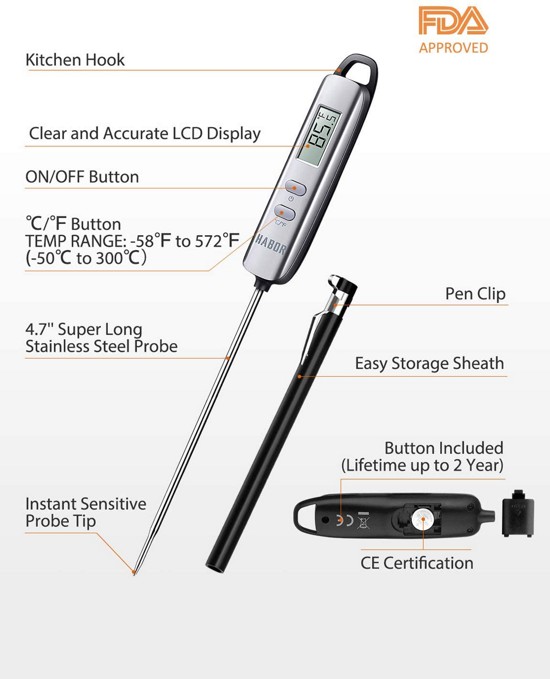
That got your attention didn’t it? Evil cutlery?
Our friends at SmithsonianMag.com have published an amazing article that provides some amazing facts about regular household objects. Including a great bit on forks. And I quote:
In fact, the word “fork” is derived from the Latin furca, which means pitchfork. The first dining forks were used by the ruling class in the Middle East and the Byzantine Empire. In 1004, Maria Argyropoulina, niece of the Byzantine emperors Basil II and Constantine VIII, was married to the son of the Doge of Venice. She brought with her a little case of two-pronged golden forks, which she used at her wedding feast. The Venetians were shocked, and when Maria died three years later of the plague, Saint Peter Damian proclaimed it was God’s punishment. And with that, Saint Peter Damian closed the book on the fork in Europe for the next four hundred years.



